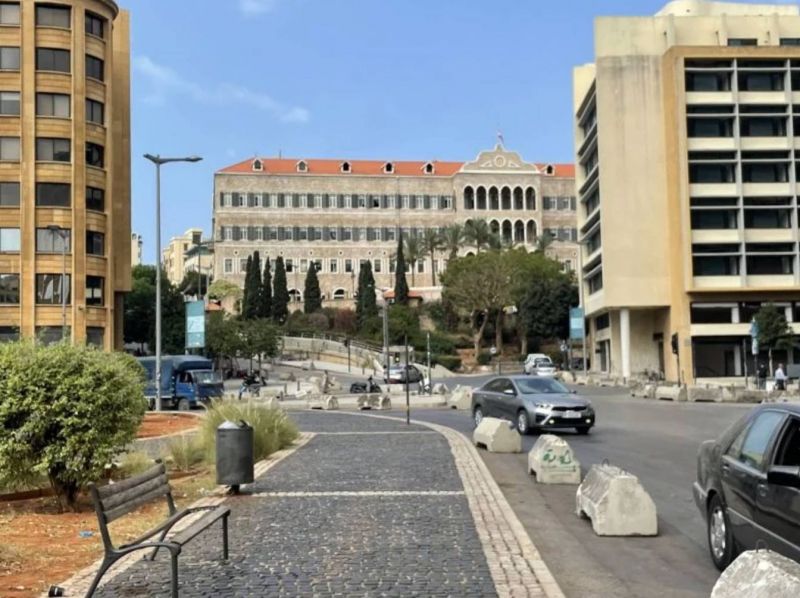
Rue Émir Bachir leading to the Grand Serail, in Beirut. (Credit: PHB)
According to figures from the Finance Ministry that were leaked to the local LBCI television channel and later confirmed by the ministry itself, as of the end of January, Lebanon had already spent nearly two-thirds (65.6 percent) of the $1.139 billion in Special Drawing Rights (SDRs) disbursed by the International Monetary Fund.
SDRs are a financial instrument used by the IMF and its members to boost governments’ foreign exchange reserves by exchanging them at below-market interest rates, thereby increasing liquidity.
Information International, a Beirut-based research center, told L’Orient-Le Jour that as of the end of March, over three-quarters of the funds drawn through SDRs had been utilized, with only $260 million remaining.
Details of spending
According to the figures relayed by LBCI and confirmed by a source at the Finance Ministry who requested anonymity, a total of $746.638 million had already been spent by the end of January following government decisions executed by Banque du Liban (BDL), including:
· More than $223 million to purchase fuel for Electricité du Liban (EDL), via advances.
· Approximately $244 million to finance subsidies on drug imports.
· $121 million allocated for wheat subsidies.
· over $13 million for printing passports.
· Approximately $110 million to repay outstanding loans owed to international institutions.
· $35 million in “SDR-related fees.”
· $683,000 in fees paid to Justice Ministry
The disbursement of SDRs to Lebanon, which is not linked to the financial assistance program that the country has requested from the IMF, began in September 2021, following the formation of caretaker Prime Minister Najib Mikati’s government.
Caretaker Finance Minister Youssef Khalil has not yet confirmed the figures reported by Information International or provided details on expenditure items.
Prior to the SDRs allocation, civil society organization Kulluna Irada, along with several other groups, had expressed doubts about the authorities’ ability to utilize the funds “wisely.”
The SDR funds were deposited in the accounts of BDL, whose foreign exchange reserves decreased to $9.37 billion at the end of March, according to the central bank’s latest bi-monthly bulletin.
This total does not include the $5 billion in Eurobonds on which the government defaulted in March 2020, nor the gold reserves, whose value fluctuates based on market prices. The gold reserves were valued at $18.2 billion at the end of March.
This article was originally published in French in L'Orient-Le Jour. Translation by Sahar Ghoussoub.